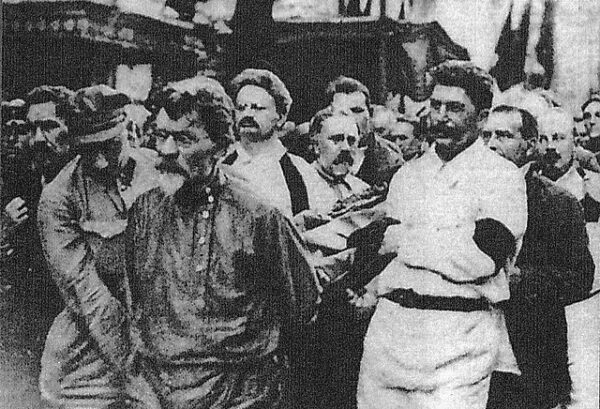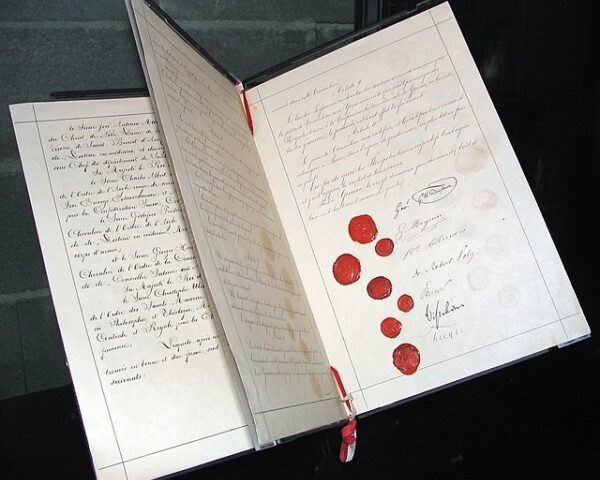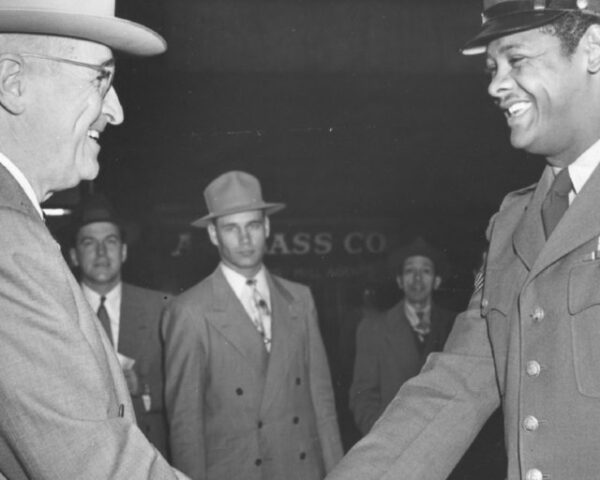Leon Trotsky’s expulsion from the Soviet Union marked a pivotal moment in the tumultuous history of the early 20th century. A prominent Marxist revolutionary and one of the key figures in the Russian Revolution of 1917, Trotsky played a crucial role in the establishment of the Soviet state. However, his ideological differences with Joseph Stalin, the General Secretary of the Communist Party, eventually led to his expulsion on November 12, 1927. Trotsky advocated for “permanent revolution” and internationalism, opposing Stalin’s policy of “socialism in one country.” This ideological divergence laid the groundwork for a power struggle that ultimately resulted in Trotsky’s forced exile.
In 1924, Lenin died, and Joseph Stalin emerged as leader of the USSR. Against Stalin’s stated policies, Trotsky called for a continuing world revolution that would inevitably result in the dismantling of the Soviet state. He also criticized the new regime for suppressing democracy in the Communist Party and for failing to develop adequate economic planning. In response, Stalin and his supporters launched a propaganda counterattack against Trotsky. In 1925, he was removed from his post in the war commissariat. One year later, he was expelled from the Politburo and in 1927 from the Communist Party. In January 1928, Trotsky began his internal exile in Alma-Ata and the next January was expelled from the Soviet Union outright.
He was received by the government of Turkey and settled on the island of Prinkipo, where he worked on finishing his autobiography and history of the Russian Revolution. After four years in Turkey, Trotsky lived in France and then Norway and in 1936 was granted asylum in Mexico. Settling with his family in a suburb of Mexico City, he was found guilty of treason in absentia during Stalin’s purges of his political foes. He survived a machine-gun attack on his home but on August 20, 1940, fell prey to a Spanish Communist, Ramon Mercader, who fatally wounded him with an ice-ax. He died from his wounds the next day, writes the History Channel.
Stalin’s consolidation of power following Trotsky’s removal reshaped the Soviet Union and its place in the world. Stalin focused on building socialism within the borders of the USSR, embarking on a series of economic and political reforms that drastically transformed the country. The purges and persecutions that followed marked an era of political repression, silencing dissent and solidifying Stalin’s autocratic rule. The expulsion of Trotsky allowed Stalin to centralize power, control the narrative, and eliminate potential rivals, contributing to the establishment of a one-party state under his leadership.
Trotsky, on the other hand, found himself in a precarious position outside the Soviet Union. Living in exile, he criticized Stalin’s regime, advocating for a renewed socialist revolution. Despite his efforts, Trotsky faced increasing isolation, as many Communist parties around the world aligned themselves with the Soviet leadership. The power struggle between Trotsky and Stalin symbolized broader ideological debates within the international socialist movement, with repercussions that extended far beyond the borders of the Soviet Union.
The expulsion of Leon Trotsky from the USSR and Stalin’s subsequent consolidation of power had profound consequences for the course of world history. Stalin’s leadership shaped the Soviet Union’s policies, both domestically and internationally, for decades to come. Meanwhile, Trotsky’s ideas continued to influence dissident movements and intellectual discourse, particularly among those critical of Stalinism. The events surrounding Trotsky’s expulsion and Stalin’s rise underscored the complex and often brutal nature of political power struggles, leaving an indelible mark on the trajectory of the Soviet Union and the global socialist movement.






